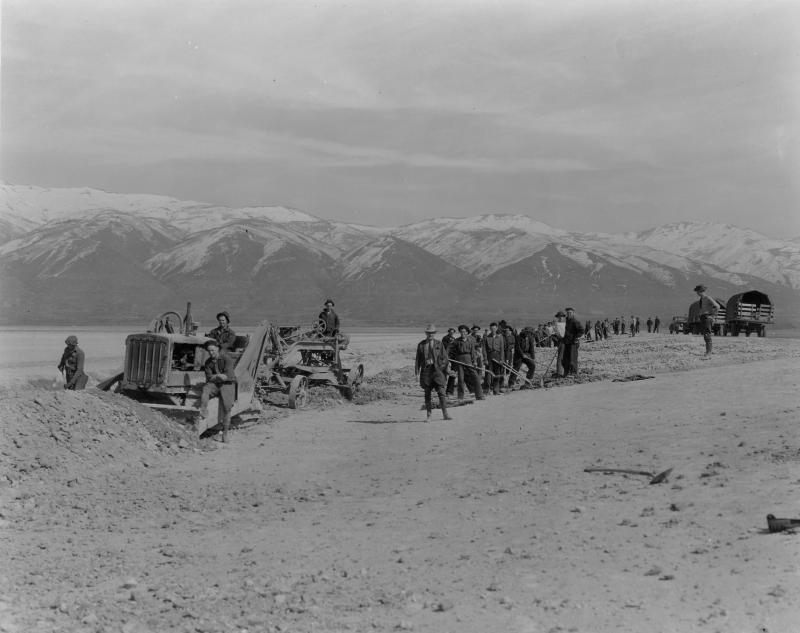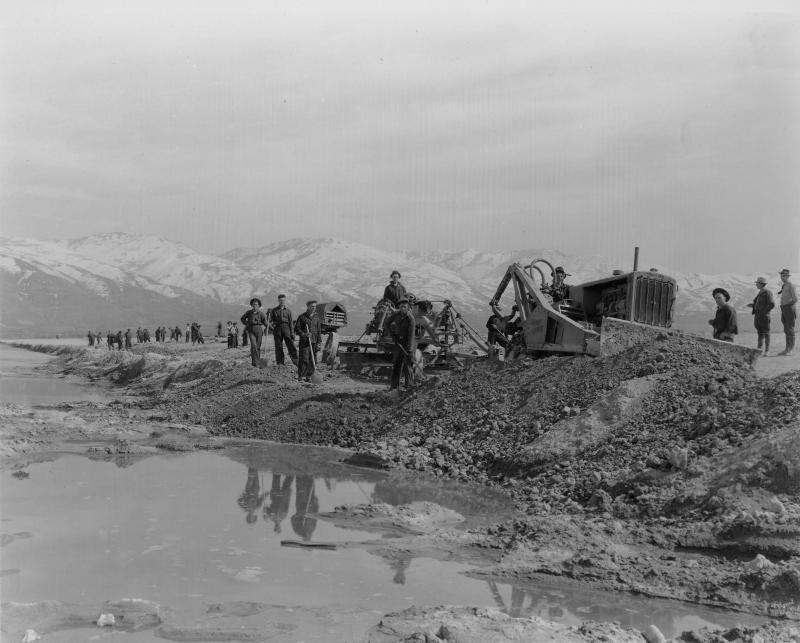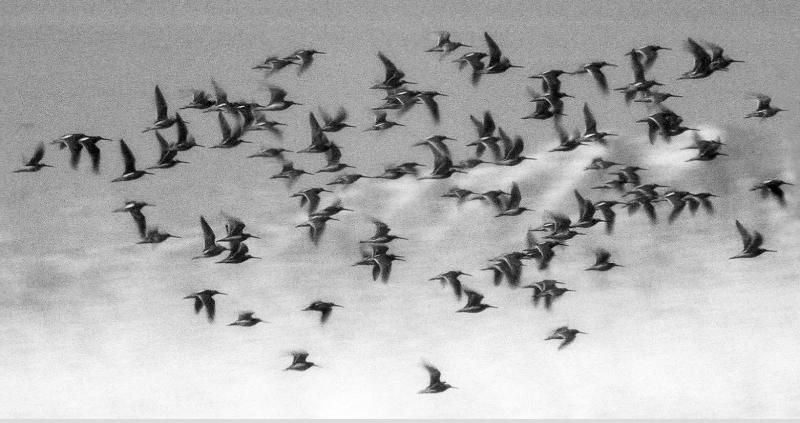Farmington Bay
Farmington Bay is the part of the Lake in between Antelope Island and the southeast corner of the Lake, where the Jordan River deposits Water from Utah Lake, or at least deposits whatever is left after Salt Lake City has had a chance to extract water and dump contaminants. Thanks to the fresh water from the Jordan, Farmington Bay is one of only two places in the Lake (alongside the Bear River Delta) where fish can be found in the lake, and thus is an important stopover point for migratory waterfowl looking to carbo-load before a long flight. The part of the lake closest to Salt Lake City, Farmington Bay is also one of the most threatened—developments related to the Legacy Highway in Davis County, the expansion of the Salt Lake City International Airport, and the Inland Port all threaten the ecological resources of Farmington Bay. Today, much of the Bay is managed as Farmington Bay Waterfowl Management Area for the purposes of hunting.






